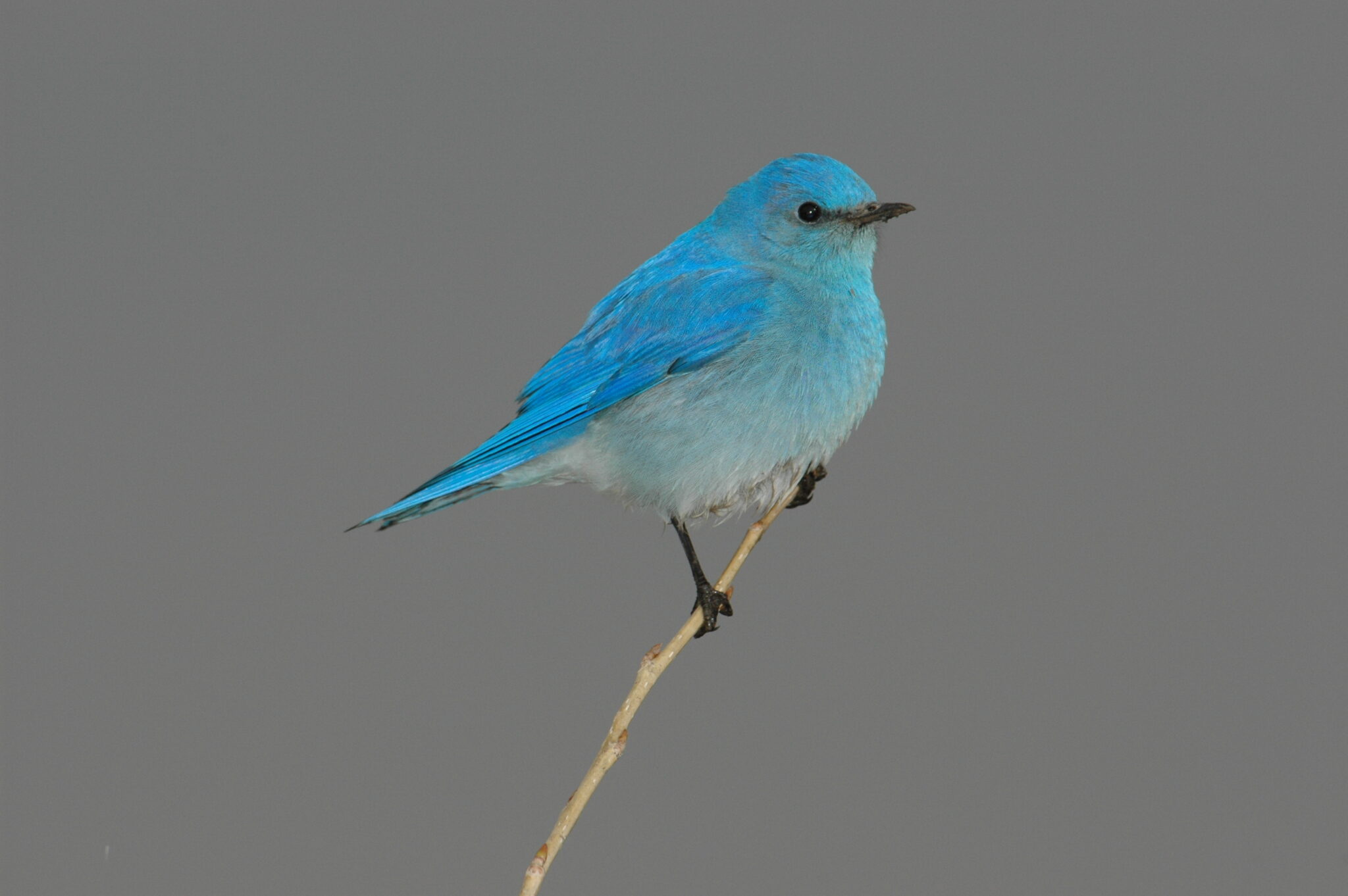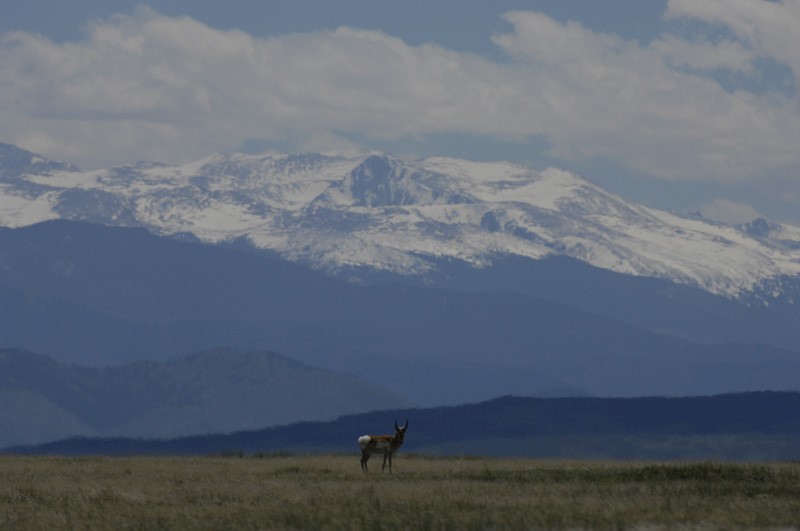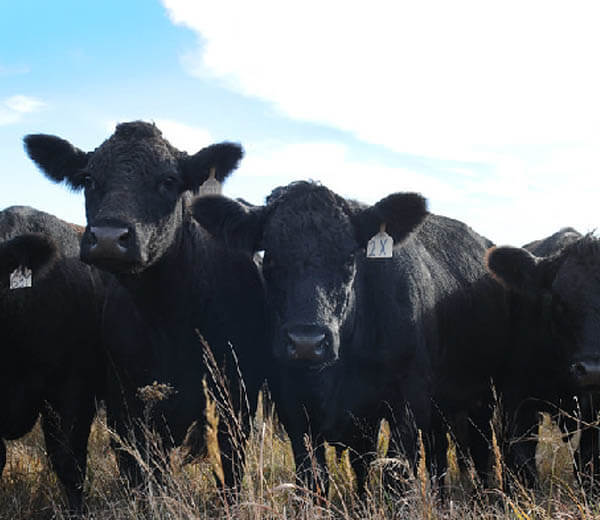On Sunday, March 13th, I saw my first Mountain Bluebird of the year. He was coming off the south fence of the northwestern pasture. He launched, dipped, then propelled making it to the opposite side to watch me travel on, my car having done more to move him than the cows, or even the coyotes could manage. I wonder what he thought about me passing by and if he realized that I might be as permanent as the grasses he nipped on his flight. I know he isn’t going to stay. I don’t have a cavity for him and his mate; there are no dead trees on the ranch nor have I put in nesting boxes, though every spring I know I should. Like most ranchers I become distracted by what appears to be more essential and immediate needs. A cow in labor, a calf teetering towards an udder, the need for a new bale of hay; someone is bleating and calling. I’m answering their calls and the Mountain Bluebird is off again to the next fence, farther north.
- Mountain Bluebird. Photo by Bill Schmoker.
- Pronghorn antelope on Soapstone Prairie, photo by Mike Forsberg
He isn’t the only one to catch my eye. The female Northern Harrier Hawk came a few weeks later, and I knew it was her the moment I caught movement from the south window, wings backlit into the southern light; she is here! I was worried and hoping that she would still come back even though the male harrier died last summer. I wanted her return as much as I wanted easy calving and healthy calves. They are all of the things that make my spring real, tangible, and doable, even in the midst of chaos. They get me through the mornings at 11 degrees and into the days when the wind is relentless on my body, and theirs too. I’m better because of them, all of them; the harrier, the bluebird, the calves and their cranky worried mothers, and the bulls who are confused about what they should do right now.
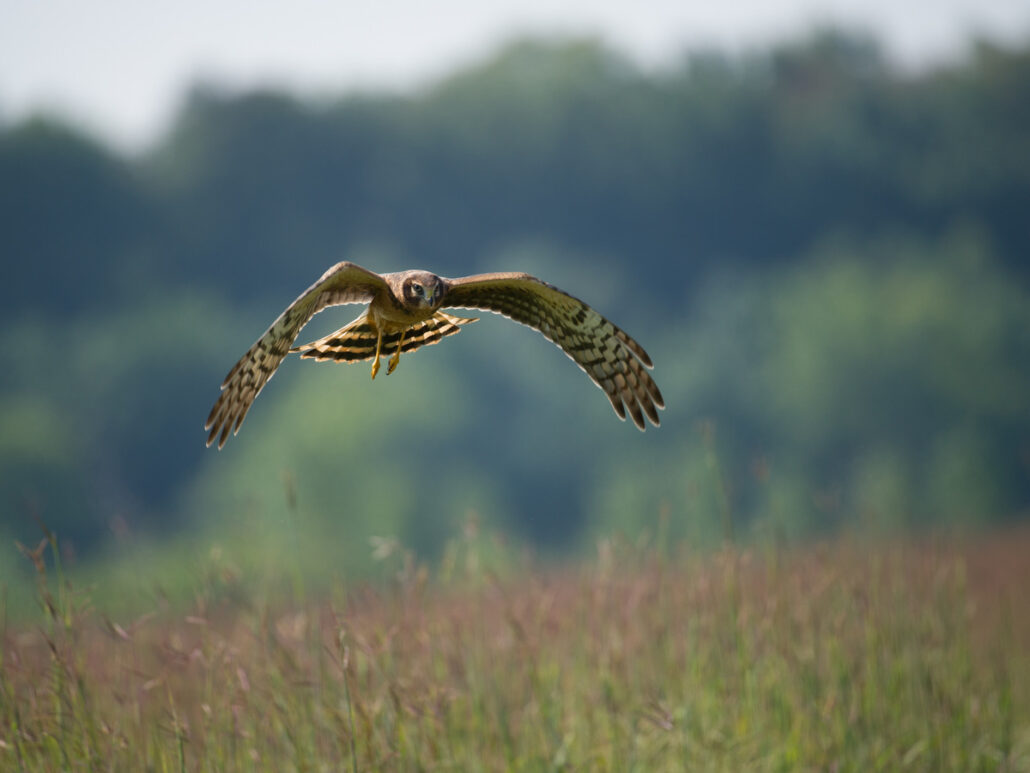
Female Norther Harrier. Photo by: Credit: Doug Racine/USFWS
I understand the seasons by the rhythm and cycles of the familiar, my constants. The Mountain Bluebird is a short distance migrant coming to my ranch in search of the first insects of the season; he will leave quickly if I have neither the bugs nor a home for his mate to nest. I need to think more about my obligation to give him a chance to find food; next spring I’ll put in boxes and ask him to stay. The harrier too comes from a short distance, but does she know about the high-tension lines that cost her last year’s mate and five male Western Meadowlarks – I don’t have a way to tell them not to land and to be afraid of something that looks to be a perfect perch, or a gentle reminder to use the stock tank ladders. Both species have proclamations, declarations – the meadow lark with song, the harrier with skimming flight, who else can do that, just that like that, perfect each time!
- Western Meadowlark. Photo by Deanna Beutler.
- Cows in a pasture.
Back to my work, my duty to the ones that are programed through centuries of evolution to show-up right here and do their life, and the ones I have brought to my home and promised to do my best for; herd and flock. I make sure the cows have everything they need and I stand watch to make sure everything goes well. It comes down to timing: the right time to sync the cows and add the bull, the time to give a first calf heifer to learn what to do with a contraction, the time it takes for a new calf to figure out how to nurse, the timing of each birds’ arrival, the time it takes to make a nest, and the time it takes for me to ensure a suitable habitat for whomever arrives – even a Grasshopper Sparrow on a journey from South America. Maybe I can get them to stay for a season to join in with what we do on a ranch at the start of a life cycle; they might fit right in if I can grow the grass right. Welcome home, everyone, welcome home.
This is part one of a two part Musings of a Rancher in Spring series. Stay tuned for part two!
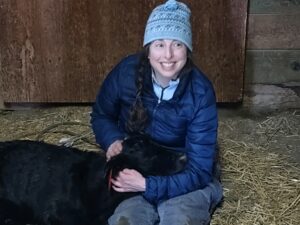
Stewardship Program Manager, Rachel Belouin
This blog was written by Stewardship Program Manager for the Southern Plains, Rachel Belouin. To learn more about our Stewardship work check out our Stewardship Page.


